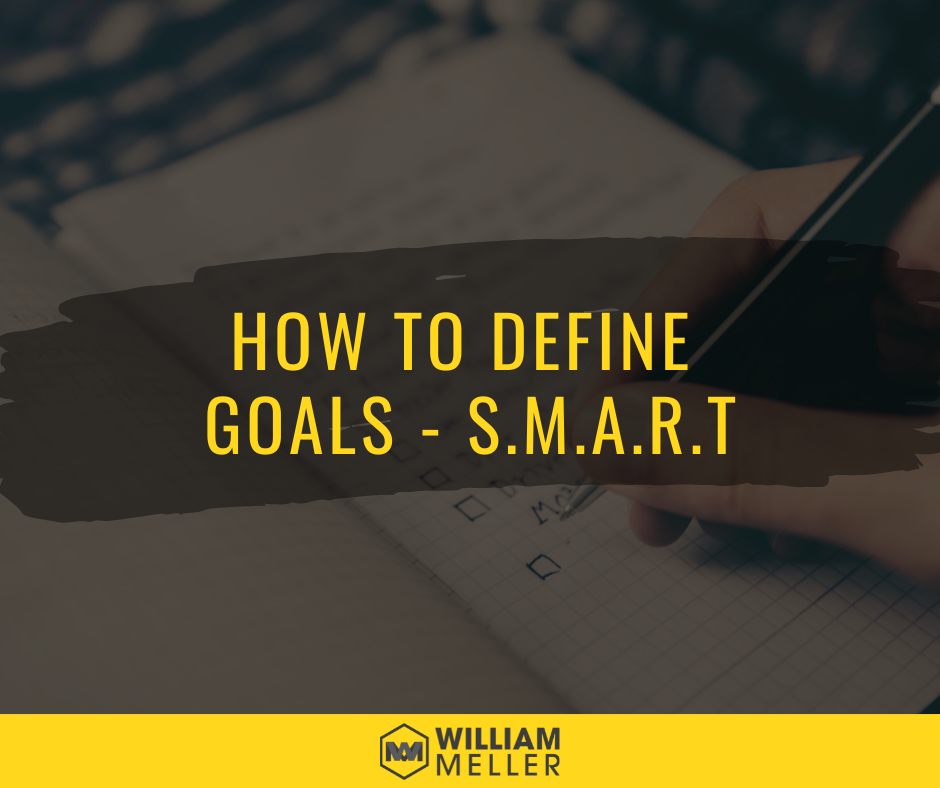
S.M.A.R.T. is a mnemonic acronym, that gives criteria to guide in the setting of goals and objectives for better results, clarity, and alignment.
A characteristic of management excellence is a climate in which company officers and managers talk in terms of objectives.
Management must also realize that the writing of objectives represents a new world to many managers.
A clear objective should be specific, measurable, assignable, realistic, and time-related.
"... Recognizing that objectives enable an organization to focus on problems, gives the company a sense of direction, so why can't most managers write meaningful objectives?..."
The SMART method is a very useful tool for defining and understanding goals more clearly.
SMART goals stand for Specific, Measurable, Achievable, Relevant, and Time-Bound.
S – Specific: In order for a goal to be effective, it needs to be specific. The goals must be formulated in a specific and precise, with no room for ambiguity or double interpretation;
M - Measurable: The goals must be defined in a way that can be measured and analyzed in terms of values or volumes. It makes it easier to track progress and know when you’ve reached the finish line.
A – Achievable: the possibility of achieving the goals must be present, that is, they must be reachable. This is the point in the process when you give yourself a serious reality check.
R – Relevant: Why are you setting the goal that you’re setting? Goals should not be intended to achieve ends superior to what the means allow.
T – Time-based: To properly measure success, you and your team need to be on the same page about when a goal has been reached. Goals must have a well-defined term and duration defined.
An example of a SMART-goal statement might look like this:
Our goal is to [quantifiable objective] by [timeframe or deadline]. [Key players or teams] will accomplish this goal by [what steps you’ll take to achieve the goal]. Accomplishing this goal will [result or benefit].
This is the basic model for the construction of a goal that can be understood by any member of the organization, at any level, also allowing that it can always be measured as it is being executed.
I am incredibly grateful that you have taken the time to read this post.
Your support and engagement mean the world to me, and I truly appreciate your interest in the topics I write about.
I hope that you have found this post informative, educational and engaging.
If you are interested in reading more of my work, please visit other articles here on the website.
I promise to continue providing valuable and high-quality content for your enjoyment and education.
Thank you again for reading and I hope to see you soon!
Here are some related articles you may enjoy:
There are even more good things I've prepared for you!
Subscribe below or click here to receive new posts in your Email!
Do you want to read some book notes and recommendations? Discover more here!
Do you want to have amazing weekly content curation? Discover more here!
Ready to make a positive impact?
Support my work by sharing my content with your network.
Your simple act of kindness can reach new heights and help spread valuable information.
Want to show your support in a tangible way? A virtual coffee is a small but mighty way to show your appreciation and give me the extra energy to keep crafting valuable content!



